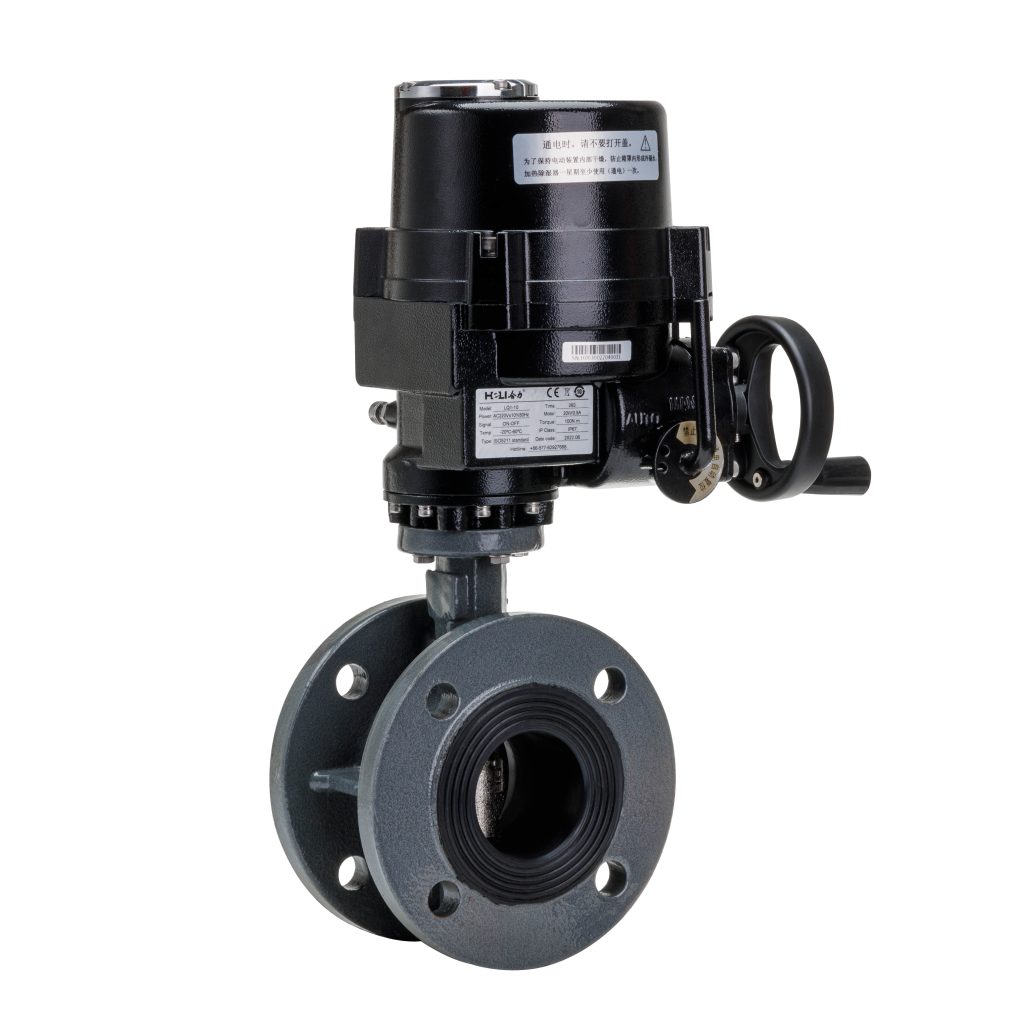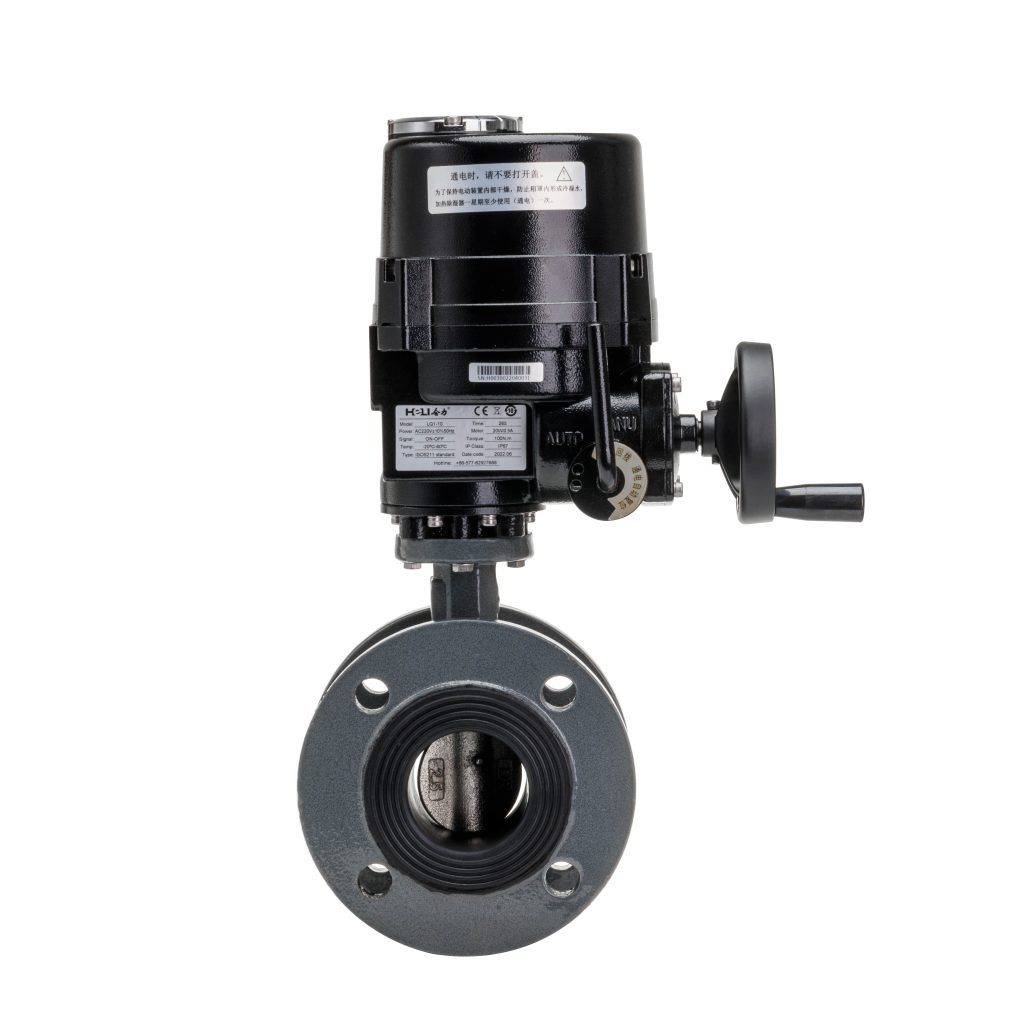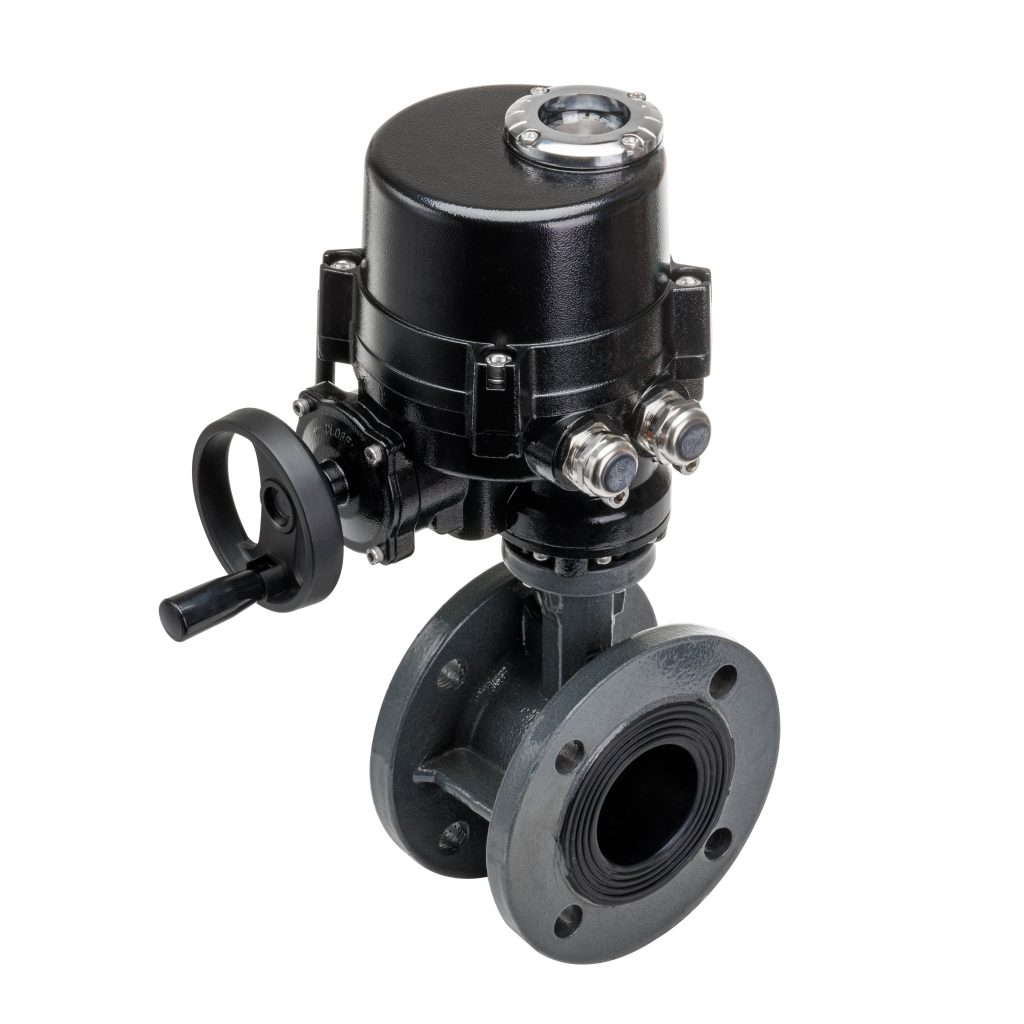TheWCB Electric Flange Ball Valveis an essential component widely used in industrial systems for regulating the flow of various media, such as liquids, gases, and slurries. It combines the reliable performance of a ball valve with the convenience and precision of electric actuation, making it a valuable choice for both automated and manual control applications. In this article, we will explore the construction, features, applications, and advantages of WCB electric flange ball valves.

What is a WCB Electric Flange Ball Valve?

AWCB Electric Flange Ball Valveis a type of valve that uses an electric motor to control the opening and closing of a spherical ball inside the valve body. The ball, which has a hole or port through its center, rotates to control the flow of fluid. When the valve is open, the hole aligns with the pipeline, allowing fluid to pass through. When closed, the ball rotates 90 degrees, blocking the flow. The “WCB” in the name refers to the material of the valve body —WCB steel, a type of carbon steel that is widely known for its strength, durability, and resistance to wear and corrosion. Theflangepart indicates that the valve is designed to be mounted between two flanges, providing a reliable and secure connection to the pipeline.
